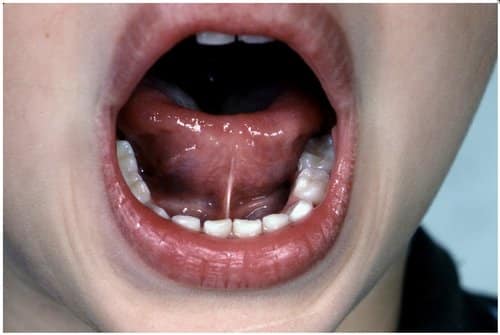Evaluating potential child abuse cases can be challenging. The presence of multiple injuries, such as a torn frenulum, can be compounded as the body responds to initial trauma, making it difficult to discern what actually occurred. Because of the complexities in child abuse cases, it’s always imperative to obtain a medical professional to assist with evaluation; the subtle nuances in medical records may be missed by a less specialized reviewer.
Oral injuries can be common in active children, particularly those who’ve just learned to walk. Toddlers—not so steady on their feet—frequently fall as they traverse their environments. But bruising to the mouth and tears to the frenulum can be of concern in a child who is not yet walking. The frenulum is a stringy piece of connective tissue seen in two places: from the underside of the tongue to behind the bottom teeth, and from the upper lip to above the front teeth. These pieces of tissue can vary in appearance from one person to the next; adding to the complexity: Missing or abnormal structures can indicate legitimate medical conditions.
So when is damage to the frenulum possibly abuse? Children who are yet walking would not typically have an injury to the frenulum. Infants who are bottle feeding are particularly susceptible to abuses to this area. This can be from difficulties or frustrations in feeding an infant with an inexperienced caregiver. Excessive force-feeding from a bottle or even a utensil can cause a tear in the frenulum. Bruising might also result from excessive force on the surrounding oral tissues. A direct blow to the mouth could be another cause for frenulum damage.

Because issues related to the frenulum may signal a valid medical condition, it’s important to understand potential diseases when evaluating these cases. If you are attempting to discern the presence of abuse based on oral injury, the expert advice of a medical professional is crucial to ensure a proper evaluation of all medical records
